Pictures at an Exhibition, composed by Modest Mussorgsky and orchestrated by Maurice Ravel, is a iconic piece featuring a prominent trumpet part. The trumpet PDF highlights the composition’s grandeur and technical demands, making it a popular choice for musicians seeking to master classical repertoire.
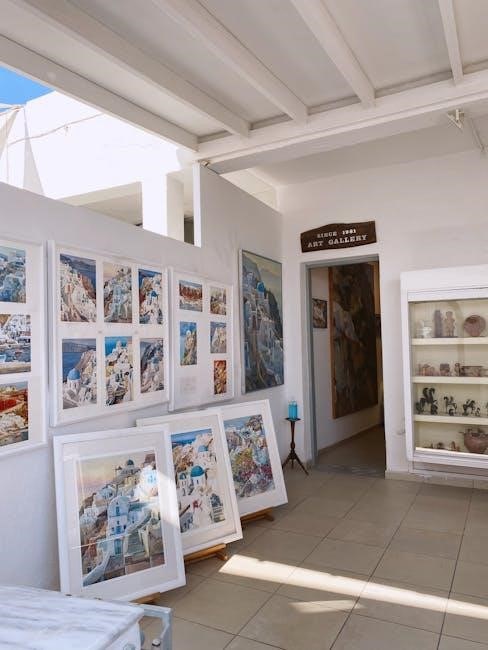
1.1 Historical Background of the Composition
Pictures at an Exhibition, originally composed by Modest Mussorgsky in 1874, is a piano suite inspired by an art exhibition honoring his friend, Viktor Hartmann. The piece reflects Mussorgsky’s emotional response to Hartmann’s paintings, with each movement depicting a different artwork. Maurice Ravel’s orchestration in 1922 brought newfound fame to the work, emphasizing its grandeur and complexity. The trumpet part, particularly in the “Promenade” theme, stands out for its melodic and technical demands, making it a focal point for musicians. This composition remains a cornerstone of classical music, with its rich history and artistic depth continuing to inspire performers and audiences alike.
1.2 The Role of the Trumpet in the Piece
The trumpet plays a crucial role in Pictures at an Exhibition, particularly in Maurice Ravel’s orchestration. It is featured prominently in the “Promenade” theme, where its bright and piercing sound cuts through the ensemble. The trumpet part is both melodic and harmonic, often carrying the main motifs and providing rhythmic accents. In the orchestral version, multiple trumpets are used to enhance the piece’s grandeur, while in solo arrangements, the trumpet takes center stage, showcasing the player’s technical prowess. The trumpet’s versatility and expressive qualities make it an integral element of the composition, highlighting its importance in both orchestral and solo performances. This prominence has made the trumpet part a popular choice for study and performance among musicians.
Sheet Music and PDF Downloads
Pictures at an Exhibition trumpet sheet music and PDF downloads are readily available online, offering both orchestral and solo arrangements for musicians to explore and perform.
2.1 Where to Find Trumpet Sheet Music for Pictures at an Exhibition
Trumpet sheet music for Pictures at an Exhibition is widely available online. Platforms like the nkoda app, Breitkopf & Härtel, and Sheet Music Plus offer digital downloads. Arrangements by Patrick Roszell and Paul Lavender are popular choices, providing both solo and orchestral parts. Many websites specialize in classical music, offering PDF scores for immediate access. Additionally, educational resources and transposed versions for B-flat trumpet can be found on platforms like Musicnotes and J.W. Pepper. These sources cater to musicians of all levels, ensuring accessibility and quality for practice or performance purposes.
2.2 Features of the Trumpet Part in the PDF Score
The trumpet part in the PDF score of Pictures at an Exhibition is meticulously transposed for B-flat trumpet, ensuring clarity and accuracy. It includes both solo and orchestral arrangements, such as Patrick Roszell’s adaptation, which is known for its educational value. The score features prominent sections like the “Promenade,” showcasing the trumpet’s melodic and technical roles. The PDF is designed for easy navigation, with clear notation and page turns optimized for performance. Many versions offer transposed parts, catering to different skill levels and ensemble needs. Digital downloads provide immediate access, making it a convenient resource for musicians preparing for rehearsals or performances.
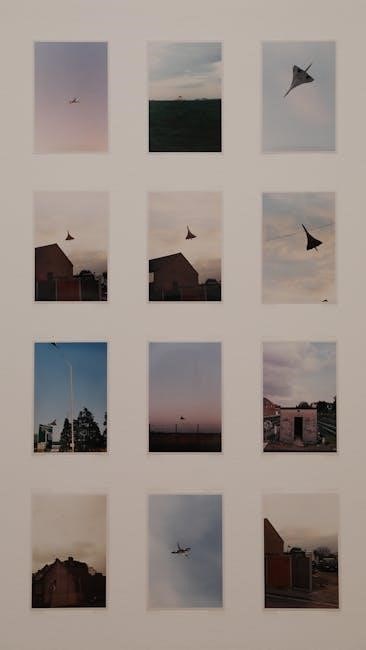
2.3 Arrangements and Transcriptions for Solo Trumpet
Arrangements for solo trumpet of Pictures at an Exhibition offer a unique way to experience Mussorgsky’s masterpiece. These transcriptions, such as those by Patrick Roszell, are designed to highlight the trumpet’s expressive qualities. Many adaptations are tailored for B-flat trumpet, ensuring playability while maintaining the original composition’s grandeur. Solo arrangements often include simplified versions, making them accessible to students and professionals alike. Digital downloads provide instant access to these scores, allowing musicians to explore the piece’s melodic and technical challenges. Such transcriptions are particularly valuable for educational purposes, enabling trumpet players to master intricate passages and showcase their interpretative skills in a solo setting.
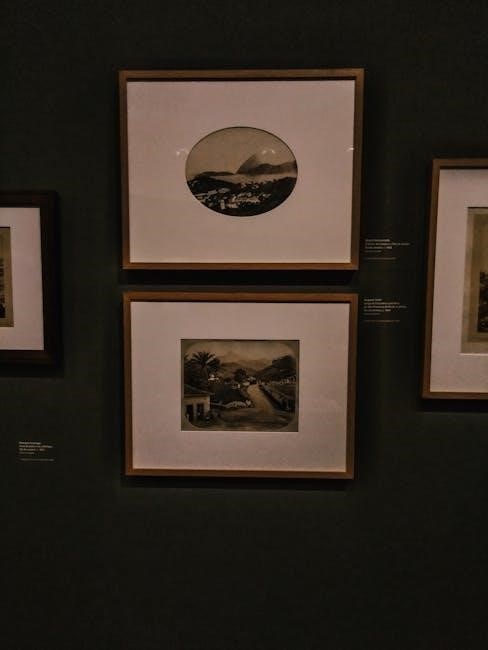
Key Aspects of the Trumpet Part
The trumpet part in Pictures at an Exhibition combines technical brilliance with lyrical expression. It requires precise articulation, dynamic control, and mastery of intricate passages, showcasing both agility and musicality.
3.1 Technical Challenges for Trumpet Players
The trumpet part in Pictures at an Exhibition presents several technical challenges. High-register passages demand precision and endurance, while complex rhythms require meticulous timing. Players must navigate rapid arpeggios and leaps, ensuring clarity and accuracy. Additionally, the piece’s dynamic extremes, from soft nuances to powerful fortissimos, test a performer’s control. The orchestral arrangement often places the trumpet in exposed roles, making intonation and articulation critical. Solo and sectional passages further highlight the need for strong technical proficiency. Mastery of these challenges not only enhances performance but also deepens the musical interpretation of Mussorgsky’s iconic composition.
3.2 Interpretation and Articulation Tips
Trumpet players interpreting Pictures at an Exhibition should focus on phrasing and articulation to capture the piece’s dramatic essence. In the Promenade, a legato approach with subtle vibrato enhances the melodic flow, while crisp articulation in the Great Gate of Kiev emphasizes rhythmic precision. Dynamics play a crucial role; players must contrast soft, delicate passages with bold, triumphant climaxes. Attention to breath control and phrasing is essential, particularly in the high-register sections. Additionally, studying orchestral recordings can provide valuable insights into balance and blend within the ensemble. These interpretative strategies help bring Mussorgsky’s vivid imagery to life through the trumpet’s voice.

Educational Resources and Usage
Educators and students benefit from trumpet-specific PDF scores for Pictures at an Exhibition, offering detailed parts and educational resources for enhanced learning, performance preparation, and study.
4.1 Using the PDF for Educational Purposes
The trumpet PDF of Pictures at an Exhibition is a valuable tool for educational purposes. It provides clear notation, articulation markings, and dynamic instructions, allowing students to study and perform accurately. The score can be used in classrooms, private lessons, and rehearsals to help musicians understand the piece’s structure and their specific role within the ensemble. Additionally, the PDF format enables easy access and sharing, making it a practical resource for educators to expose students to this iconic composition. This resource supports technical development and deeper musical understanding, fostering growth in both individual and group settings.
4.2 Benefits for Students and Musicians
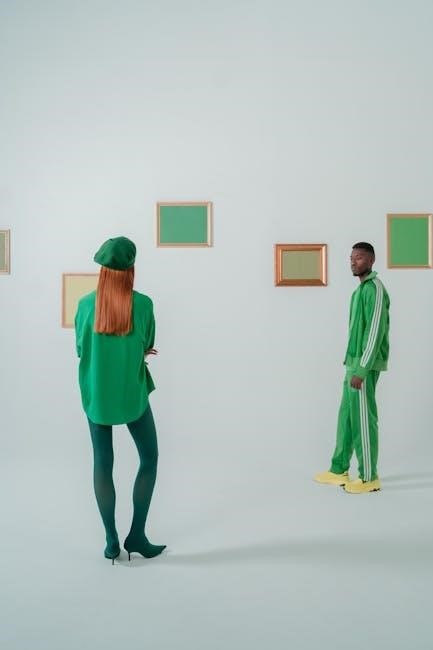
The trumpet PDF of Pictures at an Exhibition offers numerous benefits for students and musicians; It provides access to a detailed, high-quality score, enabling precise study and performance. Musicians can refine their technical skills, such as articulation and phrasing, while exploring the piece’s complex harmonies. For students, the PDF serves as an educational tool to understand Mussorgsky’s composition and Ravel’s orchestration. It also allows for versatility, as the trumpet part can be studied in both solo and ensemble contexts. This resource fosters musical growth, helping performers master one of classical music’s most iconic works and expand their repertoire with confidence and precision.
Performance and Collaboration
The trumpet part in Pictures at an Exhibition shines in both solo and orchestral settings, offering versatility for performers. Collaboration with other musicians enhances the piece’s dynamic and harmonic richness, making it a rewarding experience for all involved.
5.1 Orchestral vs. Solo Performances
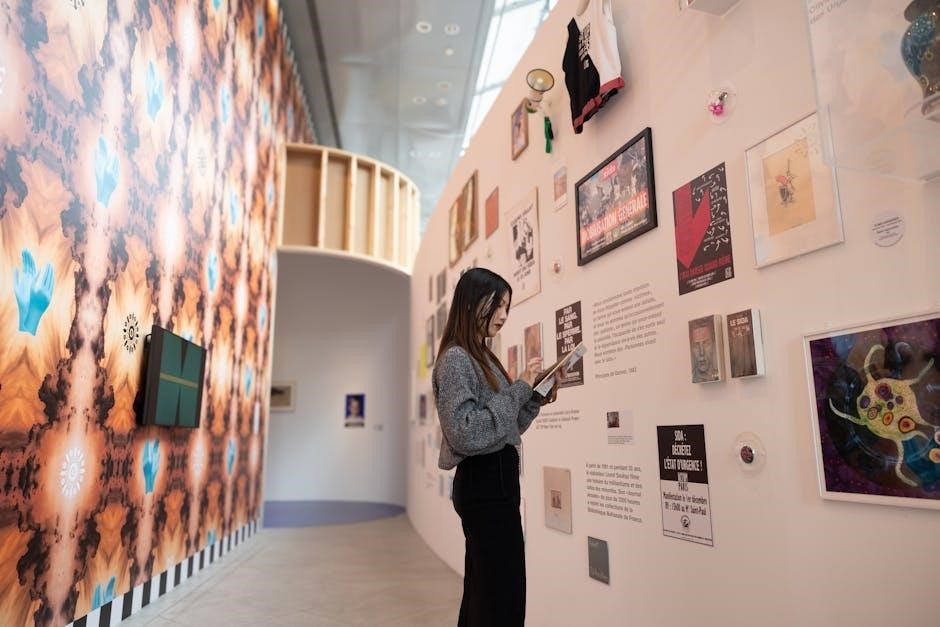
Pictures at an Exhibition is renowned for its adaptability, thriving in both orchestral and solo trumpet arrangements. The orchestral version, famously orchestrated by Maurice Ravel, showcases the trumpet’s bold, piercing sound within the ensemble, particularly in the “Promenade” theme. Solo performances, however, allow for greater expressiveness and personal interpretation, as the trumpet takes center stage. Both settings highlight the composition’s versatility and the trumpet’s ability to shine in diverse musical contexts. Orchestral performances emphasize precision and blend, while solo renditions focus on technical mastery and emotional depth, making each interpretation unique and captivating for audiences.
5.2 Collaborating with Other Musicians
Collaborating with other musicians is essential when performing Pictures at an Exhibition, as the piece often involves intricate ensemble playing. Trumpet players must coordinate closely with trombones, horns, and other brass sections to achieve a balanced sound. In orchestral settings, clear communication and precise timing are crucial to navigate the composition’s dynamic shifts. For solo performances, collaborating with pianists or other instrumentalists can provide a fresh perspective and enhance the interpretation of Mussorgsky’s themes. Chamber music arrangements also highlight the importance of teamwork, as each musician’s role is amplified. Rehearsing with fellow musicians ensures a cohesive and impactful performance, making collaboration a cornerstone of mastering this iconic work.
Pictures at an Exhibition is a timeless masterpiece, with the trumpet part offering rich musical and technical challenges. For further exploration, download the full score and arrangements from trusted sources like Breitkopf & Härtel or nkoda.
6.1 Final Thoughts on the Trumpet PDF
The trumpet PDF for Pictures at an Exhibition is an invaluable resource for musicians, offering a detailed and authentic representation of Mussorgsky’s iconic composition. It provides a comprehensive guide for both performance and study, with clear notation and articulation markings. The PDF is particularly useful for trumpet players aiming to master the technical and expressive challenges of the piece. Its availability on platforms like nkoda and through publishers such as Breitkopf & Härtel ensures accessibility for musicians worldwide. Whether for educational purposes or professional performance, the trumpet PDF remains a must-have for anyone exploring this beloved classical work.
6.2 Where to Download the Full Score
The full score of Pictures at an Exhibition for trumpet can be downloaded from various online platforms. Websites like nkoda offer access to over 110,000 scores, including Mussorgsky’s iconic piece. Additionally, platforms such as Sheet Music Plus and Musicnotes provide digital downloads of the trumpet part and full orchestral scores. For those seeking free resources, sites like MuseScore often feature user-uploaded arrangements. Ensure you purchase or download from authorized sources to support the creators and access high-quality, accurate sheet music. This makes it easier for musicians to practice and perform this timeless composition with precision and flair.